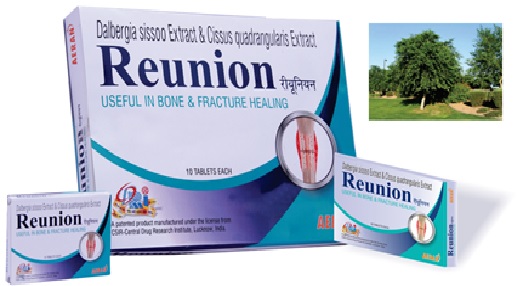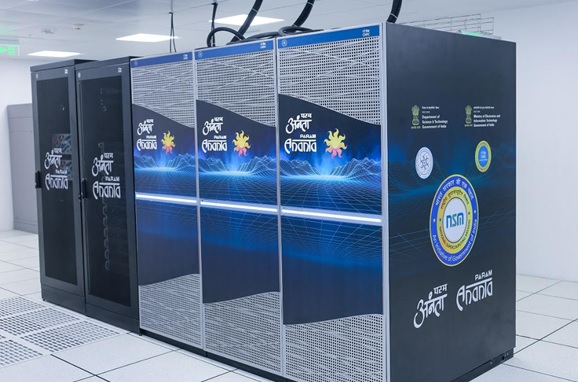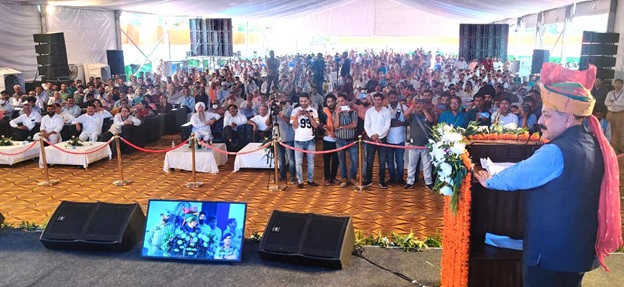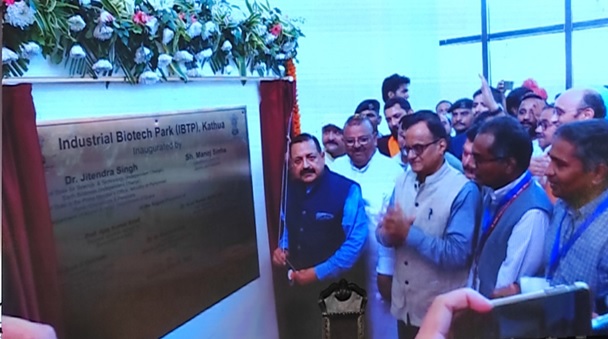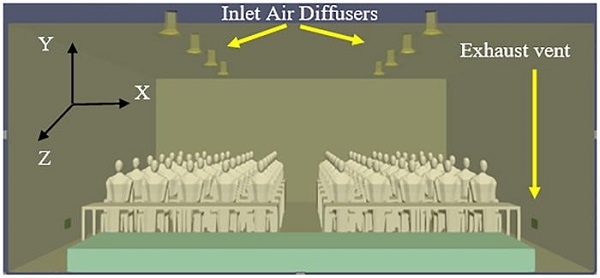
Modelling of dispersion of aerosolized airborne pathogens exhaled in indoor spaces
Since the beginning of the COVID-19 pandemic, there has been a need for more data to quantify the role played by breathing-out of pathogens in the spread of the disease despite sufficient indication of its culpability. Researchers of the Department of Mechanical Engineering, Indian Institute of Technology Delhi, in a study, have demonstrated the role of aerosol dispersion of SARS-Cov-2 virus and similar airborne pathogens in the spread of the disease in enclosed spaces.
“We have focused on establishing the role of aerosol dispersion of the SARS-Cov-2 virus and similar airborne pathogens on the spread of the disease in indoor spaces. We performed realistic simulations of air flow in two representative IIT Delhi classrooms along with a large number of occupants. The simulations were used to compute the dispersion of SARS-Cov-2, and to estimate the likelihood of infection faced by other occupants seated at various locations,” informs Dr Amit Gupta, the lead researcher.
The researchers have shown that turbulence in the air flow allows for dispersion of the pathogens to all parts of the room. Using Computational Fluid Dynamics (CFD) simulations, they recommend that heating, ventilation, and air-conditioning (HVAC) systems for indoor spaces be designed to minimize the risk of infection for healthy occupants.
"one-metre distance rule" between the occupants can significantly reduce the risk of spreading infection by a high-emitter. An asymptomatic patient who is a low emitter does not pose much threat. However, no strategy can mitigate the threat posed by a super emitter except for masking,” the researchers caution.

“We correlated the pathogen density exhaled by a SARS-Cov-2-infected person to its spread in the indoor space. We analysed the effect of number of the air changes per hour and the placement of inlet and exit ducts in the room on the spread of the pathogen. Our simulations incorporated the time-periodic inhalation-exhalation cycle of the infected occupant to mimic a realistic scenario,” the researchers explain.
The team found that higher ventilation rates and the proximity of the infected person to the inlet and exhaust vents play essential roles in determining the pathogen’s spread. Their study recommended a ventilation rate equivalent to 9 air changes per hour or more for a classroom.
"one-metre distance rule" between the occupants can significantly reduce the risk of spreading infection by a high-emitter. An asymptomatic patient who is a low emitter does not pose much threat. However, no strategy can mitigate the threat posed by a super emitter except for masking,” the researchers caution.
The study also underlines the importance of proper ventilation. It was shown that the residence time of the aerosol reduces considerably with an increase in the ventilation rate. For the seating plan considered in this study, the number of susceptible persons reduces on increasing the ventilation rate. The same may be true for any other type of seating plan if proper distance is maintained between the occupants.
The team comprises Praveen Sharma, Supreet Singh Bahga, and Amit Gupta. The study has been published in the Physics of Fluids, a journal of the American Institute of Physics (AIP).
India Science Wire
ISW/SM/IITD/SARS-CoV-2/Eng/08/05/2023
